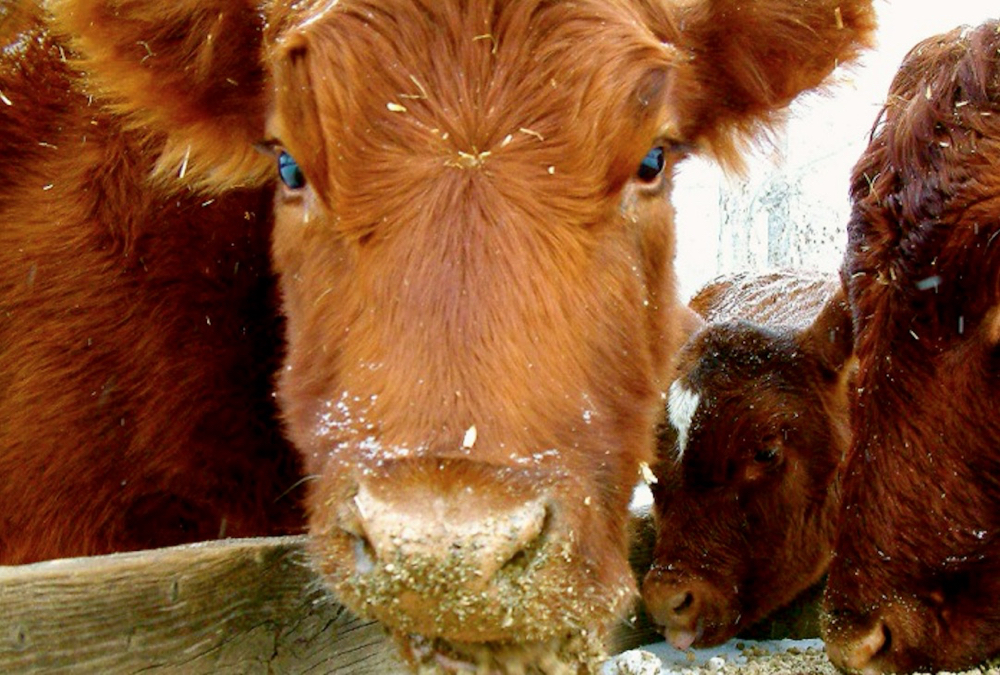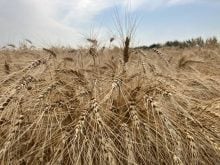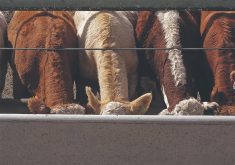By Theopolis Waters
CHICAGO, Dec 16 (Reuters) – Thinly traded Chicago Mercantile Exchange feeder cattle futures settled down their 3.000-cents per pound daily price limit on Tuesday for a fourth straight session, reflecting sharply lower prices for young calves, or cash feeder cattle, in local markets, traders and analysts said.
CME January and March feeder cattle ended at 219.600 cents per lb and 215.250 cents per lb., respectively.
On Tuesday, feeder steer prices at the benchmark Oklahoma National Stockyards in Oklahoma City tumbled as much as $15 per hundredweight (cwt) compared with last week, according to the U.S. Department of Agriculture.
Read Also

U.S. livestock: Live cattle correct higher
Live cattle futures on the Chicago Mercantile Exchange were stronger on Monday, taking back some of Friday’s losses amid ideas…
CME feeder cattle contracts reflect cash feeder cattle ranging in weight from 650 to 849 lbs, with an average of roughly 750 lbs that were priced at $230.31 per cwt, based on USDA data.
It appears the cash feeders followed CME feeder cattle that suffered huge losses since late last week, a USDA livestock market source said.
“The bigger they are, the harder they fall,” said Brock Associates Inc analyst Doug Houghton, referring to five consecutive days of feeder cattle market losses.
There are likely more cattle available than some people had anticipated, partly because of mild weather in the U.S. Plains that improved the performance of cattle in feedlots, he said.
Another analyst said feeder cattle futures had been grossly overvalued for nearly six months due to cash prices that were too high relative to where back-month live cattle contracts were trading.
CME feeder cattle drew more pressure when funds liquidated long positions after January and March recently drifted beneath their respective 100-day moving average support levels of 223.73 cents and 222.02 cents.
Feeder cattle contracts do not have expanded daily trading limits that may result from sequential limit up or down sessions, but that could change temporarily if people are unable to get out of their positions, a trader said.
Because of the potential for further selling, investors are eyeing the 200.00-cent price level as a possible area of psychological support, which at one time was a key area of upward resistance, he said.














